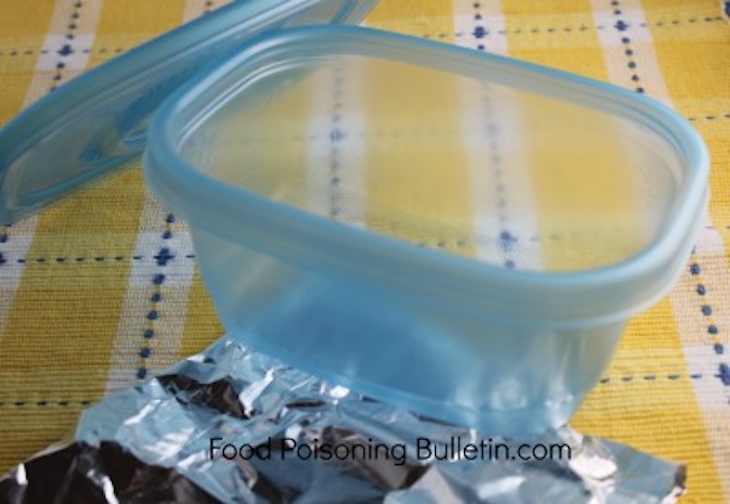Is plastic tableware with melamine safe to use? There are rumors that this type of tableware can be unsafe, but the FDA has answers. Melamine is a chemical that is approved for use in plates, paper, paperboard, and industrial coatings.

Two occasions have raised the specter of the dangers of melamine. In 2007, pet treats manufactured in China was made with melamine, which artificially raises the protein content of food, and pets were sickened and some died. And in 2008, melamine was added to infant formula in China, and hundreds of thousands of children were sickened; six died. But those incidents were of melamine being deliberately added to food. Melamine used to make plastic tableware is different.
It is true that you should avoid serving hot foods, particularly hot liquids such as coffee and soup, in melamine. But melamine does not migrate from those objects into most foods. Tests showed that acidic foods, held in the tableware at 160°F for two hours, did show melamine contamination. But when adjusted for real world conditions, the migration into acidic foods is less than 10 parts of melamine per a billion parts of juice, which is 250 times lower than the level of melamine that is acceptable in foods.
Do not heat foods in the microwave oven in melamine based dinnerware. Use ceramic or glass cookware to do that. You can then serve the food in melamine based tableware. And never heat food in any plastic tableware that doesn’t specify that it’s microwave safe.
Products with melamine contamination above the FDA-approved levels can put people at risk of developing kidney stones, even kidney failure and death. Signs of melamine poisoning include irritability, blood in the urine, little or no urine output, signs of kidney infection, and high blood pressure.




